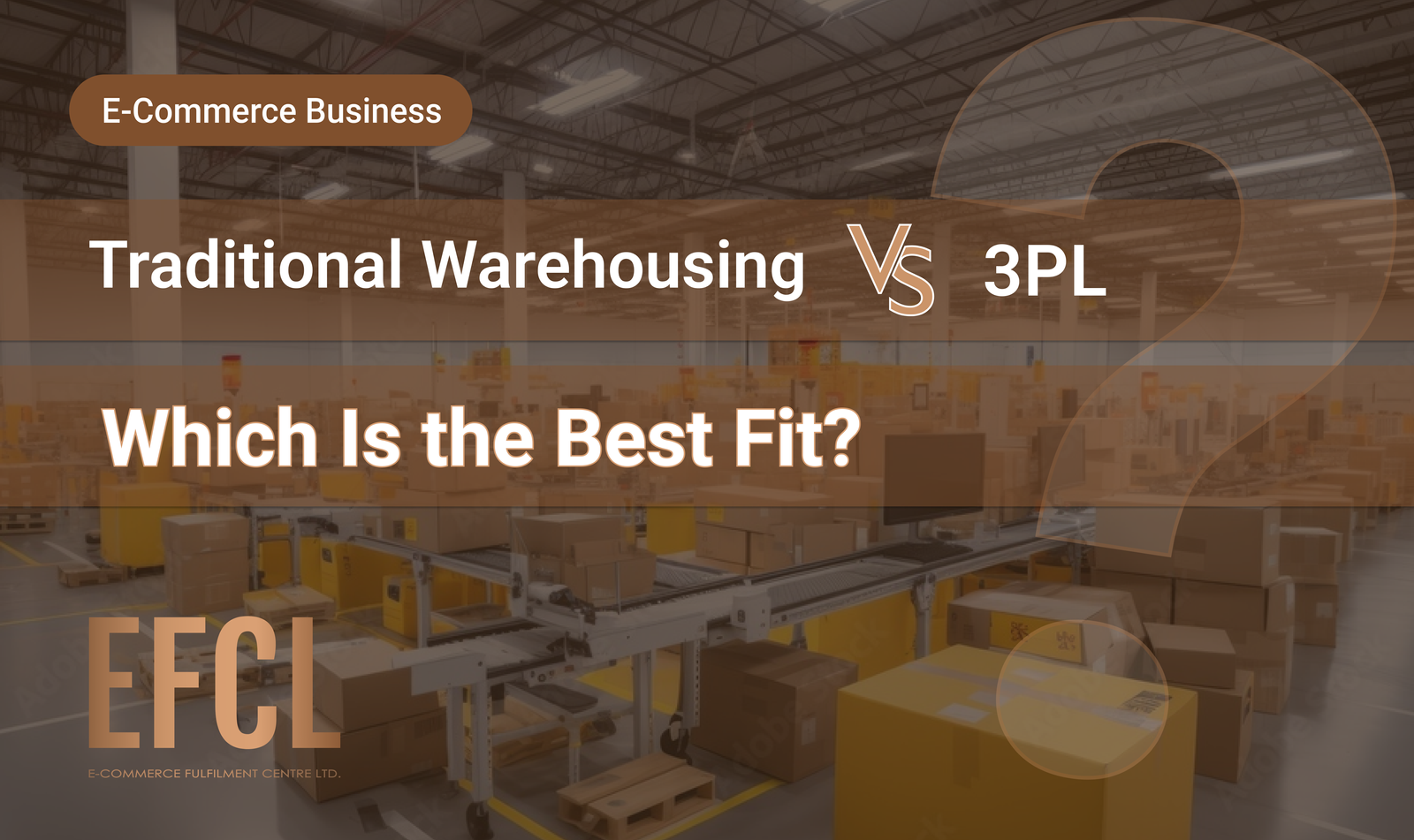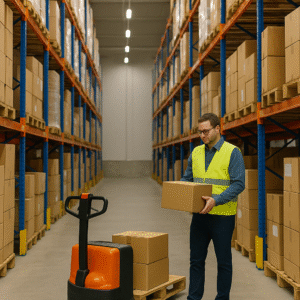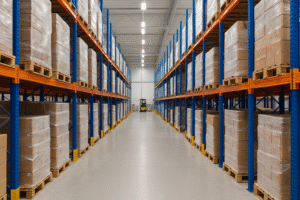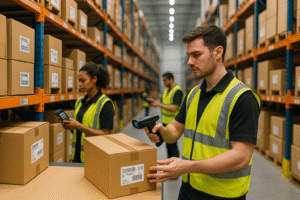In today’s fast-paced business environment, efficient logistics and supply chain management are critical to success. For companies looking to scale their operations, the decision between using traditional warehousing or opting for third-party logistics (3PL) providers can significantly impact their growth, cost-efficiency, and customer satisfaction. Let’s explore the key differences between traditional warehousing and 3PL to help you determine which option is the best fit for your business.
Understanding Traditional Warehousing
Traditional warehousing involves storing goods in a fixed location, typically owned or leased by the business. It offers full control over the inventory, allowing businesses to manage their stock levels, shipping schedules, and overall logistics strategy. This approach suits companies with predictable demand, large inventories, and the resources to manage warehousing operations independently.
Benefits of Traditional Warehousing:
- Complete Control: Businesses maintain full authority over their stock, operations, and processes.
- Customisation: Warehousing procedures can be tailored to suit specific business needs.
- Local Proximity: Businesses can choose warehouse locations close to their primary markets.
However, traditional warehousing may come with challenges such as high upfront costs, the need for specialised staff, and scalability issues. It also requires businesses to invest in warehousing infrastructure, including technology, staff, and equipment.
What is 3PL?
Third-party logistics (3PL) providers offer end-to-end logistics services, including warehousing, fulfilment, inventory management, and shipping. With 3PL, businesses outsource their logistics operations to specialised companies that handle the storage, packing, and distribution of products.
Benefits of 3PL:
- Cost-Effective: 3PL providers often offer more affordable solutions by leveraging economies of scale.
- Scalability: Easily adaptable to fluctuations in demand, 3PL services allow businesses to scale operations without the need for additional infrastructure.
- Expertise: 3PL providers bring industry knowledge, technology, and resources, allowing businesses to focus on core activities rather than logistics management.
- Advanced Technology: Many 3PL providers use cutting-edge technology such as automation, robotics, and real-time tracking systems to optimise fulfilment and shipping processes.
However, businesses that use 3PL may have less control over their logistics operations and may face challenges in aligning their service provider with their unique business needs.
Which is Right for Your Business?
Deciding between traditional warehousing and 3PL depends on your company’s specific needs and goals.
- Control vs. Flexibility: If you prefer having complete control over your logistics and have the resources to manage warehousing independently, traditional warehousing might be the better option. On the other hand, if you value flexibility and want to reduce operational overhead, 3PL can offer a more scalable and cost-efficient solution.
- Scalability: Businesses looking to grow rapidly or handle fluctuating demand should consider 3PL. With their scalable services, 3PL providers can help you manage seasonal peaks or unexpected spikes in demand without the need for additional infrastructure.
- Cost Considerations: Traditional warehousing requires significant upfront investment and ongoing costs for maintenance, staffing, and technology. In contrast, 3PL providers often offer lower overall costs by spreading their operational expenses across multiple clients.
- Technology: If your business requires advanced warehousing technology, such as robotics or automation, 3PL providers may offer more sophisticated solutions than what an in-house warehouse might provide.
Conclusion
Choosing between traditional warehousing and 3PL largely depends on your business model, budget, and long-term goals. For businesses looking to maintain control over their operations, traditional warehousing may be the preferred route. However, if you’re aiming for a more flexible, scalable, and cost-effective logistics solution, partnering with a 3PL provider could be the key to achieving efficiency and growth.
Whatever option you choose, the most important factor is ensuring that your logistics strategy aligns with your overall business objectives.




